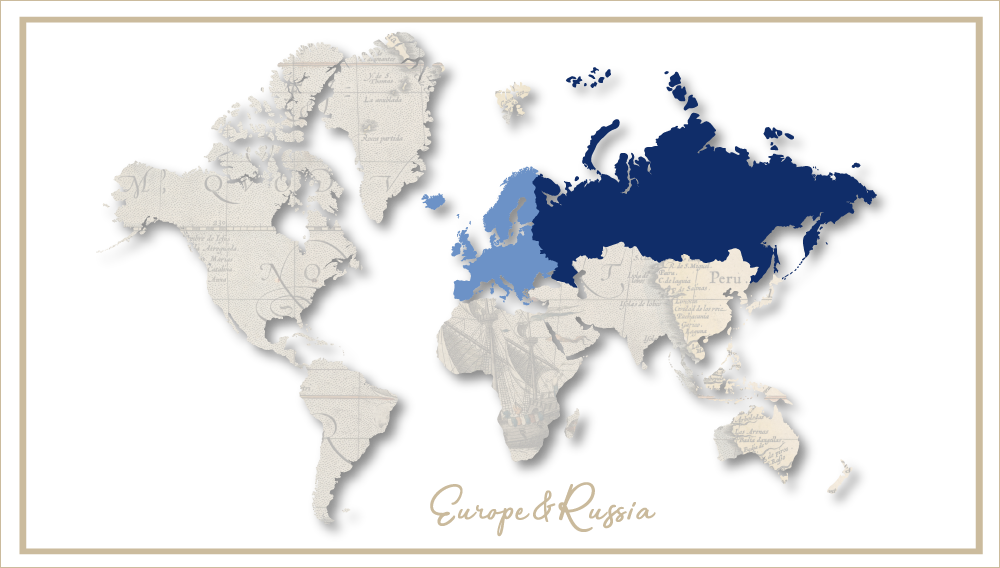Carry on regardless: Carlsberg’s strategic dilemma
Perhaps if Carlsberg had invited analysts to its Easter special pop-up chocolate pub in London, in which everything from the dartboard to the bar stools was made from actual, edible chocolate – the beer taps were real though –, the money guys would have been put into a sweeter frame of mind.
Unfortunately, Carlsberg’s long-awaited strategy review through 2022, dubbed SAIL, was released a week before on 16 March 2016 and its reception was, well, more or less lukewarm.
The question to ask is: what did Carlsberg offer investors by way of getting out of its malaise? The world’s number four brewer pledged to pay more earnings in the form of dividends. The company will distribute 50 percent of annual net income to investors, exceeding the current payout ratio of 31 percent. Considering that Carlsberg’s profit has been declining for years, this means that investors can only expect to receive as much as in the past but no increase.
As to its troubled engagement in Russia, the Danish brewer merely reaffirmed its commitment to Russia, where it’s the major player and has closed plants in response to falling consumption. Carlsberg has struggled for years with declining profits in Eastern Europe, especially in Russia, as Western sanctions, a generally deteriorating economic climate and law changes intended to curb alcohol consumption have put pressure on sales. Russia is still one of the world’s largest beer markets, and Carlsberg says its market share in the country is 38 percent.
Analysts complained that there were few other tangible goals in the strategy statement unveiled by Carlsberg’s CEO Cees ’t Hart. It certainly did not issue firm targets on margins or return on invested capital, as had been expected.
The company said it will seek to keep debt at less than two times EBITDA – currently at 2.5 times – and will distribute excess cash through buybacks or extraordinary dividends. What it did not give was guidance as to how it plans to increase profitability in the near-term, let alone a roadmap about how it will get the exposure to the growing categories within beer, like craft.
Observers commented that the programme consists of cost savings, rigorous control and the use of classical marketing mix. Wholesale or route-to-market no longer feature prominently, which is a wise decision. Cider does not seem to be of interest either. As to Carlsberg’s new emphasis on “craft” – several queried if a Big Brewer, whose mind-set is FMCG, can actually do craft convincingly.
Far from being a turnaround strategy, Carlsberg’s SAIL programme comes down to a “more of the same”. Which is probably just as well as Carlsberg does not seem to have much room left for meaningful manoeuvre. Lacking the funds for a clearance Carlsberg is forced to adjust the screws. Chief Executive Cees’t Hart, who took the helm in June, already admitted as much last year when he said that Carlsberg was unlikely to bid for major assets soon.
Keywords
Denmark Russia international beverage market
Authors
Ina Verstl
Source
BRAUWELT International 2016


